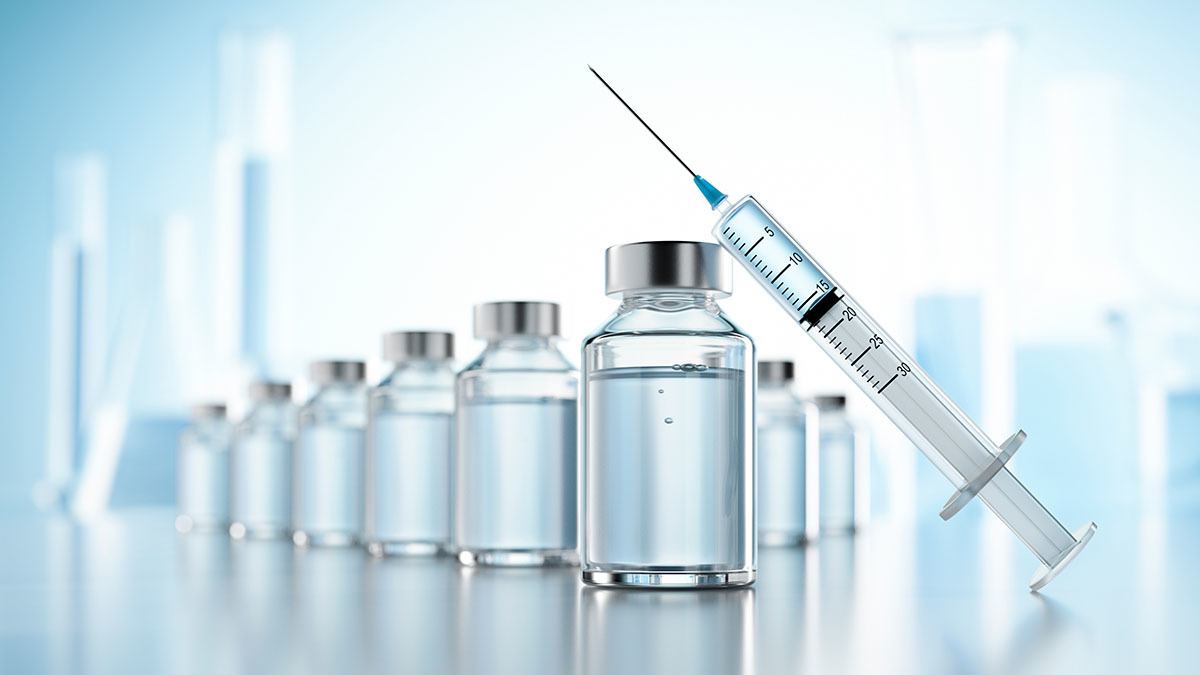USP Peroxide Extractables Testing
The USP peroxide extractables testing is a critical procedure used in pharmaceutical quality assurance to identify and quantify the levels of peroxides that may leach out from materials, packaging, or equipment into direct contact with drug products. This test ensures compliance with United States Pharmacopeia (USP) General Chapter Extractables and Leachables which aims to safeguard the integrity, safety, and efficacy of pharmaceutical products.
In this testing method, a controlled extraction process simulates real-world conditions where peroxides could potentially leach into drug substances. The extracted compounds are then analyzed using advanced analytical techniques such as High-Performance Liquid Chromatography (HPLC) or Gas Chromatography-Mass Spectrometry (GCMS). These methods provide precise and reliable data on the presence of peroxides, which can be harmful if present in excessive amounts.
The selection of appropriate solvents is crucial for accurate extraction. Commonly used solvents include water, ethanol, acetone, or methanol, depending on the nature of the material being tested. Post-extraction, the samples are analyzed to determine concentrations of peroxides at different pH levels relevant to pharmaceutical manufacturing processes.
Compliance with USP is essential for manufacturers seeking regulatory approval and ensuring product safety. This includes demonstrating that all materials used in contact with drug products do not introduce unacceptable amounts of peroxides, thus preventing potential health risks associated with oxidative stress or toxicity.
- Water: Often used as a primary solvent due to its simplicity and effectiveness in extracting various substances.
- Ethanol: Useful for organic solvents where higher polarity is required.
- Acetone: Commonly employed for its ability to dissolve both polar and non-polar compounds effectively.
- Methanol: Known for its rapid evaporation properties, making it suitable for quick solvent replacement during extended extraction processes.
Understanding the role of each solvent in extracting peroxides helps ensure accurate results. By adhering to specified conditions and using validated methods, laboratories can provide reliable data supporting pharmaceutical product safety and regulatory compliance.
Why It Matters
The significance of USP peroxide extractables testing cannot be overstated in the pharmaceutical industry. Peroxides are highly reactive compounds that can contribute to oxidative stress, which is linked to various adverse health effects including cellular damage and potentially carcinogenic properties. Ensuring low levels or absence of peroxides in drug products is paramount for maintaining patient safety.
Pharmaceutical packaging materials like rubber stoppers, plastic containers, and closures come into direct contact with the product during storage and distribution. Any trace amounts of peroxides introduced through these materials can lead to degradation of active pharmaceutical ingredients (APIs) or excipients over time, affecting stability and efficacy.
Moreover, equipment used in manufacturing processes must also be free from peroxides since they could migrate into the product during processing. This contamination risk emphasizes the necessity for rigorous extractables testing throughout the supply chain. By conducting this test, manufacturers can confirm adherence to stringent quality standards set forth by organizations like USP and ICH (International Conference on Harmonisation).
Failure to meet these requirements not only jeopardizes patient health but also exposes companies to significant financial losses due to product recalls or legal disputes. Thus, investing in thorough extractables testing early in the development stage pays off in terms of avoiding costly mistakes later.
Benefits
The benefits of USP peroxide extractables testing extend beyond mere compliance; they offer substantial advantages for pharmaceutical manufacturers and healthcare providers alike. Firstly, it enhances product safety by minimizing risks associated with oxidative stress caused by excessive peroxides.
- Patient Safety: Ensures that drug products remain stable under recommended storage conditions without compromising quality or efficacy.
- Regulatory Compliance: Helps pharmaceutical companies meet stringent regulatory requirements, thereby facilitating smoother market access and greater trust among consumers.
- Cost Efficiency: Early detection of potential issues through rigorous testing can prevent costly post-market recalls and improve overall operational efficiency.
- Consumer Confidence: Demonstrates commitment to high-quality standards, fostering brand loyalty and patient satisfaction.
Incorporating this testing into the development process ensures that every aspect of the product lifecycle—from raw material selection to final packaging—meets strict quality benchmarks. This proactive approach not only protects public health but also strengthens market position by building strong relationships with regulatory bodies and stakeholders.
International Acceptance and Recognition
The USP peroxide extractables testing is widely recognized and accepted internationally, particularly within countries that adhere to USP standards or follow similar guidelines. This includes regions like Europe (notably EU member states), Canada, Japan, and various developing nations looking to adopt global best practices in pharmaceutical manufacturing.
- European Pharmacopoeia: While not identical, the European Pharmacopoeia (EP 3.2.4) has similar principles regarding extractables and leachables testing.
- Pharmacopeial Forum: The Pharmacopoeial Forum also supports the concept of ensuring safe pharmaceutical products through rigorous testing protocols.
- World Health Organization (WHO): WHO guidelines emphasize the importance of quality assurance measures including extractables and leachables testing to ensure drug product safety globally.
The widespread acceptance of USP standards underscores their relevance in the global pharmaceutical market. Manufacturers who comply with these requirements benefit from broader recognition, increased market opportunities, and enhanced credibility within both domestic and international markets.





